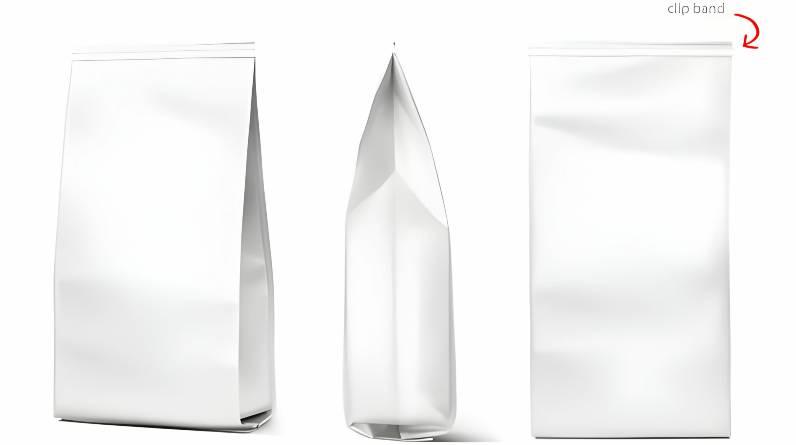Packaging has changed greatly over the years. While packaging has been around in some form or another for centuries, the sort of flexible and disposable packaging materials we use today emerged in the 19th and 20th centuries. Many of the materials favored now have been around for a few decades or more. That said, new materials still make their way to market, often offering improved protection, sustainability, and other benefits.
We’ll take a look at some of the most popular packaging materials and how the field has evolved, covering everything from paper to modern custom mylar bags. Keep in mind, if you’re looking for packaging, while the history can be interesting, make sure you put your current needs first.
A Look at the Emergence of Modern Packaging
Paper has been around for a long time. However, throughout most of history, paper was quite expensive. Someone in the 17th century wouldn’t have used paper to wrap up bread, for example. Paper initially got its use as a modern packaging material in 1839 when Boston jeweler Aaron Dennison created paperboard packaging to create rigid packaging for jewelry. While these boxes were then rather expensive, the high cost of jewelry made it more practical.
Paper costs also continued to decline and in 1844, paper bags were being produced in England. By the 1850s, cardboard boxes were being more widely used to carry goods. As the industrial revolution took off, the need for packaging began to increase dramatically. At the same time, technological progress made packaging increasingly affordable.
Plastic Helps Usher In a New Age
In modern society, plastic is everywhere and is rather mundane. When it was first invented, however, plastic was revolutionary. The first commercial plastic, called Bakelite, was hailed as a material of a thousand uses in 1907. By the 1920s, it was a widely used packaging material, especially for toiletries.
In 1908, cellophane was introduced. Interestingly enough, its invention was accidental. Swiss textile engineer Jacques Brandenberger was trying to create stain-proof clothing when he came across the thin layers of plastic created by cellophane. It wasn’t until 1927, however, when scientists at DuPont figured out how to make cellophane waterproof. Once cellophane was made waterproof, it’s popularity for food packaging quickly exploded.
One of the biggest breakthroughs in packaging came when zipper-seal bags were invented in the 1950s. Japanese researchers in the 1960s created bags in which the zipper mechanism was incorporated directly into the bag. This helped popularize reusable packaging and became immensely popular for packing food at home.
Mylar Hits the Scene
Another big development in modern packaging was the invention of mylar in the 1950s. Mylar is a type of plastic that, at first glance, often looks like aluminum foil. The plastic material does feature a metallic coating that is very reflective. Mylar is often used to make things like inflatable balloons. Such balloons are easy to pop, so it might be tempting to underestimate mylar, including how strong it is and how useful it is with packaging.
The mylar film used to make balloons is very thin, however. Thicker mylar layers are much more durable. They can be highly resistant to sharp objects, cuts, and more. Mylar is excellent for sealing out moisture as well and keeping things fresh. This makes it a popular choice when shelf life and freshness are crucial.
Take the emerging cannabis market, for example. While cannabis as a legal industry is relatively new, it’s already quite valuable and is a large, growing part of the economy in many countries. It’s crucial to properly package and seal cannabis, or it could start to break down or go stale. Many companies are now turning to cannabis mylar bags because they can ensure a long shelf life and adequate protection.
Many more materials and technologies will likely emerge in the years ahead, transforming packaging, so make sure you keep track of developments.



